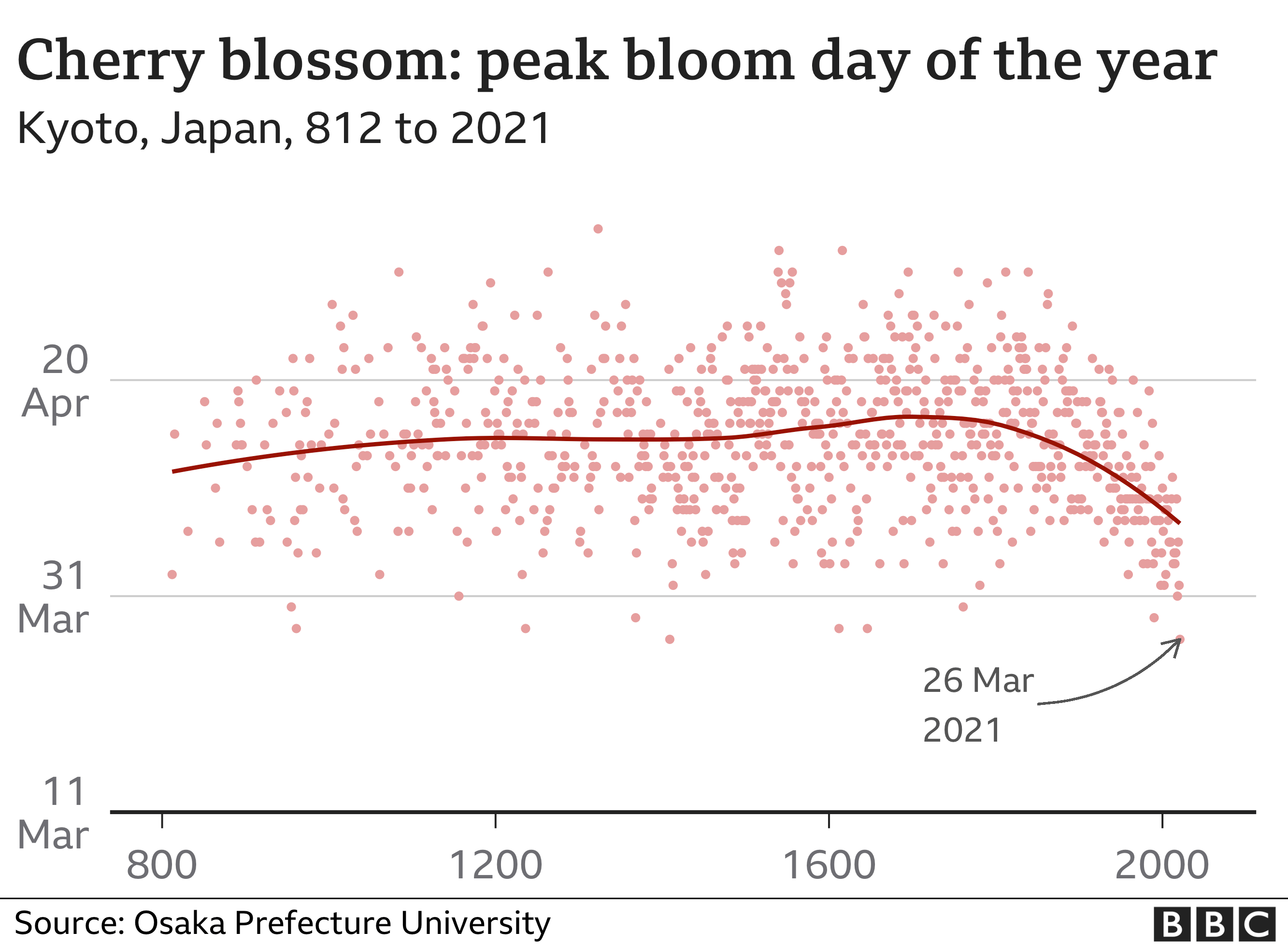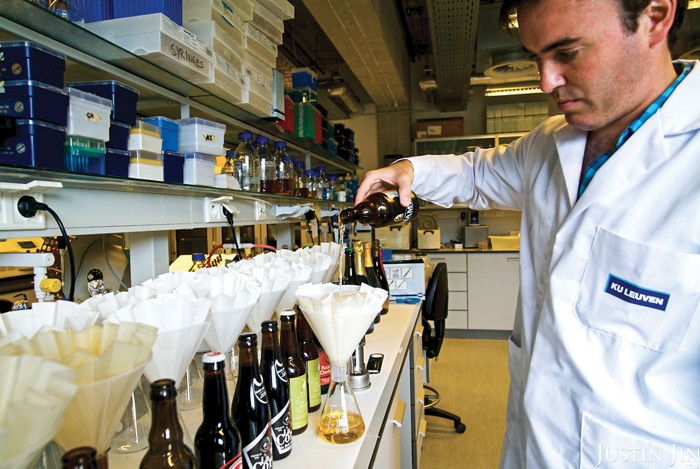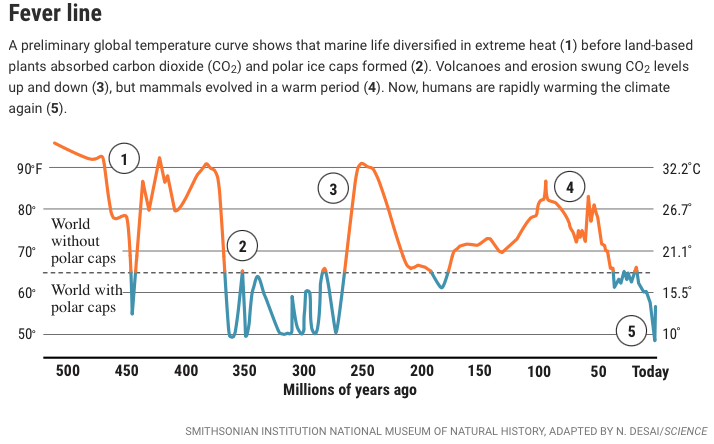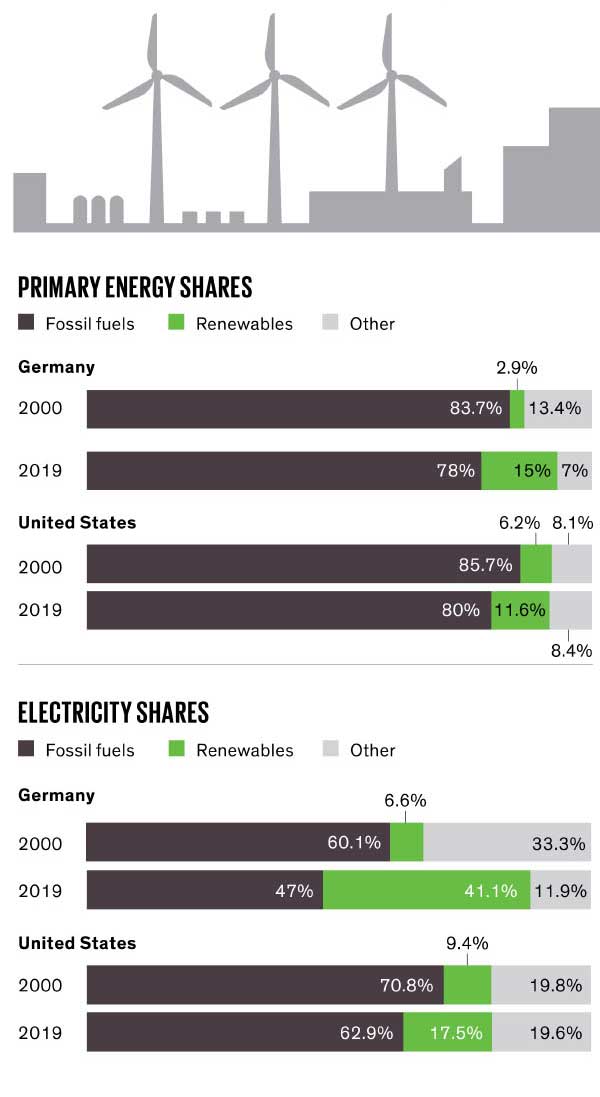Definitive proof that all flavors of artificial intelligence completely and utterly lack intelligence is contained in the singular, recurring saga of the rehabilitation of AI systems after they turned “racist” or “woke” (two meaningless terms appropriated solely for the purpose of avoiding the correct ascription of stupid). When xAI’s Grok algorithms were deemed to be “woke” because they correctly noted that violence committed by “conservative” activists is far more prevalent than those committed by “liberal” factions, the algorithms were modified to rectify its apparent fidelity to the best available statistics. As a possible consequence to the “rectification” of its algorithms, Grok turned positively “racist” with its now famous “mechahitler” rant and subsequent Holocaust denial. Every single instance of AI purported “rehabilitation” demonstrates that AI has no free will, no intent, no ability to learn properly, and, as a consequence, no intelligence. These systems are inherently stupid by design. The denial of this fact is the real problem.
Continue reading “No Free Will, No AI”
US Government to Address Holistic Medicine
RFK, Jr., has very diligently earned his reputation as the champion of the underdog in the realm of medicine. It is supremely refreshing to know that he will leverage his role as the leader of the department of Health and Human Services to put alternative and holistic medicines on the same footing as modern western medicine by addressing the problem of irreproducibility in the hodgepodge of studies that have failed to convince the medical establishment of the efficacy of these miracle cures, to the consternation of alternative medicine advocates and the detriment of the many reputable businesses that produce the highest quality urines for Ayurvedic applications.
The well-designed double-blind and properly controlled studies of vitamin A for measles treatment are coming, and the sterling environmental lawyer at the head of HHS will shepherd the studies that will show how unvaccinated children survive polio, measles and rubella by ingesting his personal medic’s 100% consistent herbal remedies better than vaccinated children who have been thriving for generations.
Yes, there is a replication crisis afoot in alternative medicine, and RFK, Jr., will fix it.
Efforts have been underway for years to improve the replicability of research studies, but some are skeptical of the US government’s motivations to help
Source: Amid White House claims of a research ‘replication crisis,’ scientists offer solutions
Lenny Rome Continues to Innovate with Vaults
I am thrilled to have contributed a minor detail to the lore of vaults under the tutelage of Lenny Rome at UCLA (https://www.pnas.org/doi/abs/10.1073/pnas.0500929102), and I am even more excited to read about the phenomenal science that Lenny’s lab continues produce in exploiting vaults for therapies, even if the purpose of vaults remains beyond his reach. Lenny is a one of a kind trifecta that one could ever want as a colleague and mentor: the hardest working, the most rigorous and the most pleasant scientist. He is also so humble that he happily accepts the title of “the vaults guy” with supreme humor.
Continue reading “Lenny Rome Continues to Innovate with Vaults”Machine Learning Finds a Higher Purpose
I have ranted at length in previous posts on the fact that “predictive” patterns discovered by machine learning cannot add up to, cannot imitate and cannot constitute good taste, but the beer barons at KU Leuven (Louvain) may have arrived at the first counterargument by correlating the chemical signatures of good taste with potentially representative assessments of the same beers by people ostensibly possessed with good taste in matters of beer. Thus, this is the first attempt at correlating the chemistry of the taste of beer with the perceived taste and quality of beer. Sadly, even this attempt seems to have fallen short because the machine learning algorithms failed to identify unique chemical signatures that identified each beer type’s flavor and quality profile.
For now, one should continue to trust human experts more than “expert” algorithms.
Algorithm correlates online reviews with chemical profiles of hundreds of beers, providing a roadmap to enhance taste
Brain-Computer Interface is Arriving
With every email or text message I type on the soft keyboard of my smart phone (which happens to be an iPhone), I desire more and more to have an interface that instantly transcribes my thoughts into the message that I want to send. Dictating the message to Siri is welcomed relief, but the myriad and random errors that this Apple speech-to-text algorithm makes only partially eliminate the need to correct bizarre typing errors.
Advances toward such a brain-computer-interface, or BCI, are not coming from the company touted by the pasty South African solar reflector, but from Synchron, an Australian company that reports remarkable success in enabling severely disabled subjects to perform basic tasks on a smartphone or tablet, two devices that will confer substantial ability and independence to people who can not move any limbs. The IEEE Fixing the Future podcast features an incisive and insightful interview with the founder of the company. This episode is a very worthwhile listen because of the clarity with which the problem and the neurological reasoning behind the solution are presented. These insights enable one to navigate the space and to separate the hype from real progress. Furthermore, there is a beautiful delineation of the ethical ways in which one must approach an admirable and inspiring path that is loaded with innumerable ethical and moral landmines. These are the subtleties that are assuredly omitted by the hype machine.
The Proper Context for Oppenheimer
If you plan to watch Oppenheimer, then be sure to watch this absolute gem of a documentary, which features many interviews with the Nobel Laureates who worked under Oppenheimer during The Manhattan Project, to have the proper context. For my money, there is nothing more valuable than the original source, even it is a bunch of really lovable old men.
Pay close attention to the fact that Leslie Groves ignored all the gossip around Oppenheimer and fought to assign him as the leader of the project. This critical decision by a legendary general and even more legendary manager is a beacon for our time: the character and capabilities of people are infinitely more important than their perceived politics. Groves was perhaps the greatest judge of character.
Peripherally, the documentarty revives the ultimate debate between which is harder, science or engineering. All the scientists interviewed in this film agree that the atomic bomb was conceptually simple, and its realization was a matter of mere engineering. Who wants to dive in?
How Much Chemical Exposure Is Too Much?
The presence of PFOS, the so-called forever chemicals that find use in critical applications like nonstick cookware and fire fighting chemicals, are finally being noted as improved quantification methods become available. This study is perhaps the first of its kind quantifying both the presence the persistence of PFOS in the human body. This is no measure of the harm it may be causing to Australian firefighters, but it poses the giant question of whether firefighter pay sufficiently covers their service as guinea pigs in toxicology studies of new chemicals.

Elevated levels of perfluorooctane sulfonate (PFOS) and elevated detection frequency of chloro-substituted PFOS have been reported in Australian firefighters with historical exposure to aqueous-film forming foam (AFFF). The aim of this study is to estimate the apparent half-lives of Cl–PFOS and PFOS isomers in firefighters following the end of exposure to 3M-AFFF. Paired serum samples from 120 firefighters, collected approximately five years apart, were analyzed for 8-Cl–PFOS (8-chloroperfluoro-1-octanesulfonic acid) and PFOS isomers via targeted LC–MS/MS. Apparent half-life was estimated by assuming a first order-elimination model. Cl–PFOS was detected in 93% of all initial serum samples (<LOQ–1.09 ng/mL). The average half-life of Cl–PFOS among the firefighters was 5.0 years. Branched PFOS isomers made up 55% of the total isomer concentration at the initial sampling timepoint. Five years later, the proportion of branched PFOS isomers was greater (65%). The longest average half-life (11.5 years) was estimated for “1m-PFOS”. Other isomers had average half-lives ranging from 4.0 to 7.5 years. Marked differences in half-lives between PFOS isomers suggest that the elimination rate of “total PFOS” (sum of all PFOS isomers) is non-linear. This is the first study to report the serum concentrations and apparent half-life of Cl–PFOS in humans.
Cherry Blossoms and Global Warming
It is astonishing that records of when cherry trees bloom in Japan goes as far back as the ninth century. It is more astonishing that they agree with every other measure of global warming, down to the onset about 200 years ago with the start of the industrial revolution. With this much confidence in the measurement, why is there so much hesitation to act?

The early peak is thought to be linked to climate change as spring temperatures rise.
Another Historical Survey of Earth’s Atmosphere Rings Alarm Bells
The total lack of attention and imagination with which climate “skeptics”–contrarians, in truth–greet monumental scientific studies that repeatedly demonstrate that grave danger lies ahead must be remedied. The AIP (American Institute of Physics) provides a fairly comprehensive historical review of the discovery of the greenhouse effect, linked in the sidebar to the right. The findings of over a century and a half of scientific research continue to be corroborated by new advanced methods and by re-evaluation of the fossil record, such as the one reported in the article linked below.
Once again, the historical record unambiguously points to a catastrophe on the horizon. In this instance, the reevaluation of the Smithsonian’s fossil record shows that we are hurtling toward another geologic period without polar ice caps. A true skeptic would advocate contingency planning for a catastrophe that has a high probability of occurring, regardless of cause. Unfortunately, our world is impeded by contrarians whose lack of scientific literacy is coupled not with goodwill toward mankind but with short term political ambition. This outcome runs contrary to the political exigency of making long-term solutions for evolving problems. Whether the private sector can sufficiently insure itself against the predictions of global warming is an open question.
Historically, the only reason government exists is that the private sector lacks the resources and the discipline to insure itself against such large-scale catastrophes. Do we want to risk our existence to test the hypothesis that government is no longer needed?

Survey of the Smithsonian’s fossil record sheds light on the earth’s temperature fluctuations as far back as 500 million years.
Smithsonian’s revamped fossil hall prompts a look into Earth’s hot past
Source: A 500-million-year survey of Earth’s climate reveals dire warning for humanity | Science | AAAS
Scientists Calling Bullshit on Misleading Energy Stats
The author of this piece may have been well advised to refrain from making dubious claims in the magazine of the one of the most venerated engineering societies on the planet. Although Vaclav Smil’s bona fides in the area of energy are impressive, his publication of highly dubious statistics remain elusive. He is a researcher firmly entrenched in the petroleum industry. Consequently, he should not have been surprised that the brilliant members of the IEEE would call him out on his veiled and specious defense of the fossil fuel industry.
The best part of the story, however, is the simple fact that academic and professional societies remain great bastions of open and brutally honest discourse. Science and engineering are not for the faint of heart. If you can’t stand having your bullshit called out, then get out of the field. As professor emeritus, Smil may have elected an unceremonious exit. At least, that’s what he seems to indicate in his response to the long list of complaints about his post: out of 10s of comments that point out errors in his analysis, he acknowledges the only one that defends his dubious claims with a bogus link.
Source: Germany’s Energiewende, 20 Years Later – IEEE Spectrum




